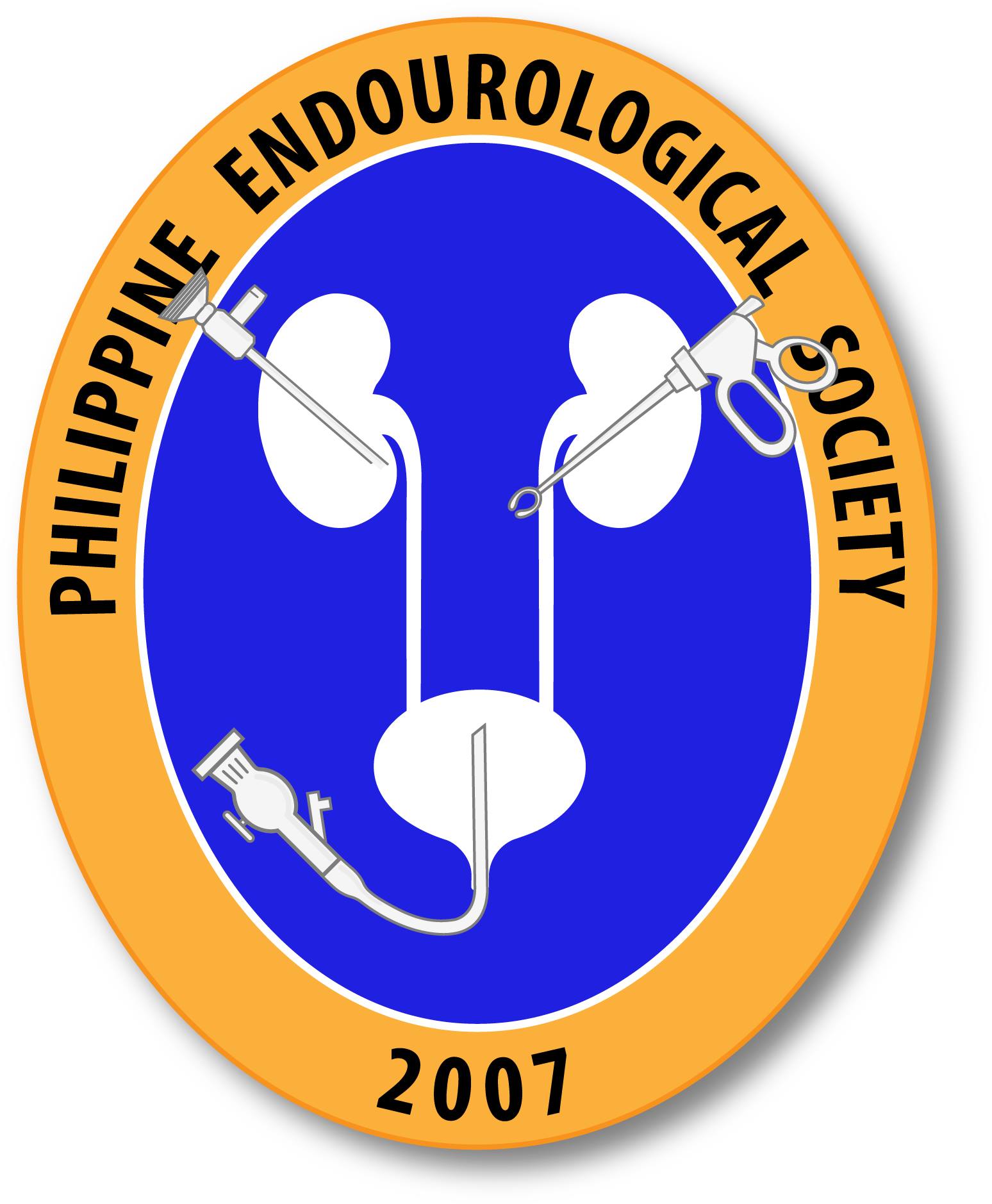The First PES Advanced Urologic Cadaveric Workshop
Announcing the first PES Advanced Cadaveric Urology Workshop. This will be held on November 26,2019 Tuesday 8am at the Philippine Center for Advanced Surgery Building, Cardinal Santos Memorial Hospital, Wilson St, San Juan, Metro Manila. The event is sponsored by Medtronic and Olympus.

